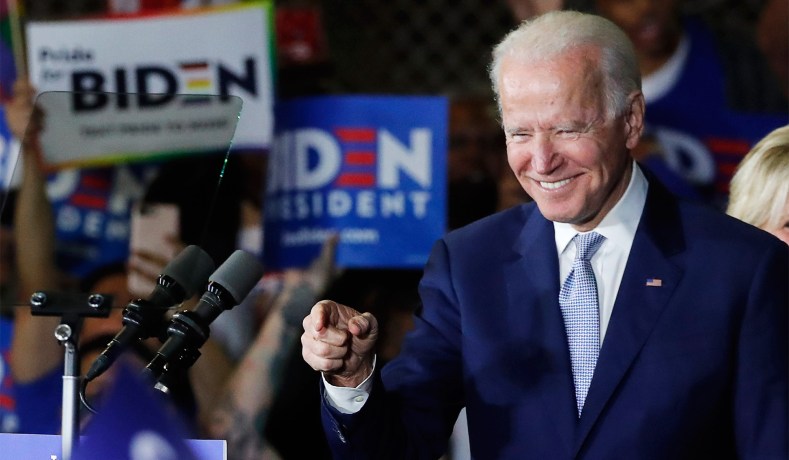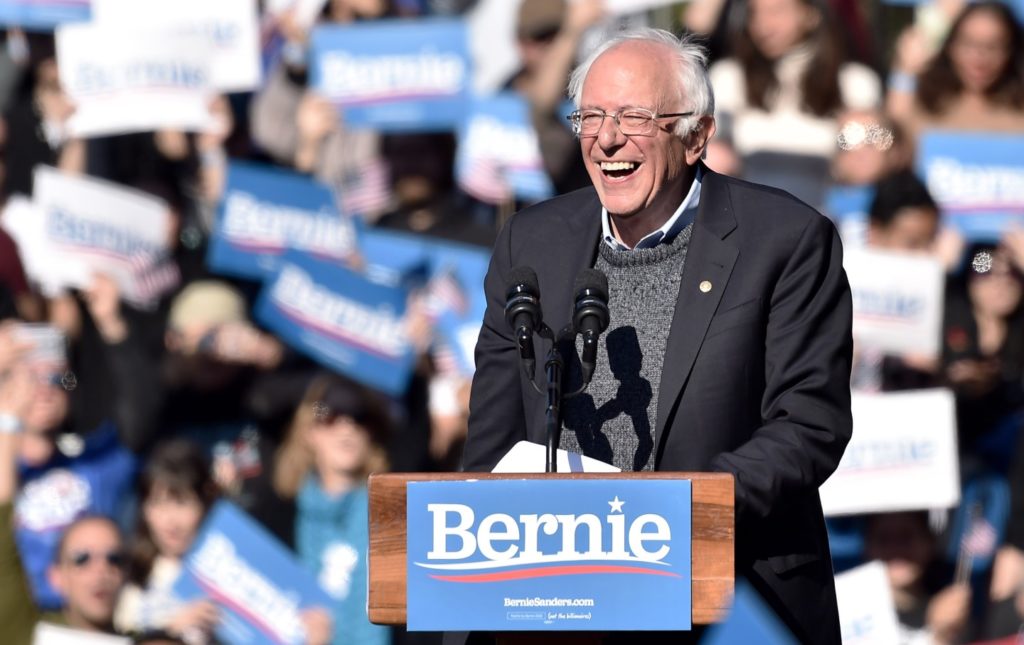By: Zachary Pottle, Contributing Writer
As the 2020 Democratic presidential campaigns ramp up, former Vice President Joe Biden and Vermont Senator Bernie Sanders have taken the top two seeds. Biden leads the race with 52 % of the Democratic vote, compared to Sanders’ 36%, according to a poll conducted by CNN. Both candidates support many of the same bills and take similar stances on many hot button issues such as improving healthcare, gun control, and border security. While the two candidates share many of the same views, their plans for tax reforms differ in their feelings towards tax reforms.
Just about every political issue or standpoint in today’s society can be boiled down to its simplest form, and taxes are no different. Republicans tend to lower taxes to give big corporations and the wealthy a break, while Democrats are often in favor of raising taxes to help pay for social programs and government spending. Biden and Sanders both favor higher taxes for the rich; however, there are some significant differences between the two candidates’ tax proposals.

Former Vice President Joe Biden is one of the more moderate Democratic candidates, with his plans for tax reform consisting of slight changes to existing rates and laws (The National Review).
Biden’s plan for income tax reform calls for the top income tax rate to be raised back to its former Obama-era rate of 39.6 % for those earning above $510,000, while also raising the corporate income tax rate from its current 21% rate to 28%. Both reforms closely mirror former President Obama’s tax policies. Biden is also in favor of applying a 12.4 % payroll tax on wages over $400,000. Aside from the increase in income tax, Biden’s plans for taxes do not call for much change from the current taxation of American citizens.
Sanders’ plans for income tax are much more aggressive. His sights are set on attacking the top 1% of the population that Sanders believes “are a major cause of America’s problems and should be heavily taxed.” Sanders, while maintaining the current tax rates for the lowest four brackets, would not only raise the current 35% bracket (those earning between $408,201 and $612,350) to 40%, but also add three new tax brackets. The new brackets would include a 45% tax on income for households earning $500,000 to $2 million, a 50% tax on households earning $2 million to $10 million, and a 52% tax on households earning over $10 million.

With his radical, aggressive plans for tax reform, Sanders’ changes and additions to current taxes are projected to increase anywhere from $60 to $200 billion annually (The Nation).
Along with a heavily reformed income tax, Sanders’s plan for presidency includes the addition of two new taxes: the Wealth Tax and the Financial Transaction Tax. Sanders’ Wealth Tax is specifically aimed at the top wealth holders of the United States. It would impose a 1% tax rate on those with a net worth of over $50 million, and an 8% tax on those with a net worth of over $10 billion. His Financial Transaction Tax would impose an additional cost on the trade of stocks and bonds. The tax would introduce a 0.5% tax on stock trades and a 0.1% tax on bond trades. On the other hand, Biden is not in favor of adding a wealth tax but has stated that he would support “some type of financial transaction tax.”
Democratic voters can rest easy knowing that either of the party’s candidates, if chosen to represent their party in the November elections, support the increase of taxes for the wealthy and corporate businesses. The question of how much and which brackets are taxed still remains.
F





